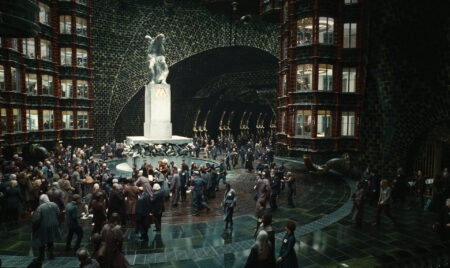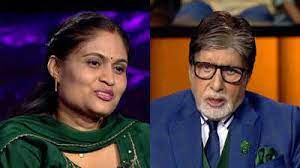The Netflix Crime documentary series follows the Bengaluru City Police on their investigations to investigate the workings of the force.
Don’t be fooled by the title—crime Stories: India’s Detectives is about the long arm of the law, not private eyes.
From murders to kidnappings, the show’s hardworking, dedicated, intelligent, honest, and caring men and women ensure that justice is served – or so the show would have us believe.
Three of the four episodes are about murders, one of which received national attention. The fourth storey involves the kidnapping of an infant.
A team of cops examines evidence from the crime scene, watches CCTV footage, interviews suspects, and finally identifies the perpetrator.
Except in one episode, where the outcome is as well-executed as the uniforms on display.
The seemingly unrestricted access granted to directors N Amit and Jack Rampling and their crews reveals some clever detecting and soft-focus moments that seek to humanise the subjects.
One of the officers has a disabled child, and another tenderly plays with her daughter.
The best scene occurs at an official function when staffers dance wildly and awkwardly to film music.
It’s a rare unguarded sequence in a series that is stodgily dutiful to its brief and maddeningly ignorant about the actual workings of one of India’s most important cities.
There are half-hearted attempts to explain how Bengaluru’s rapidly changing social and economic landscape has contributed to crime.
In an early episode, a police officer observes that misdemeanours are usually committed in the name of honnu(love in Kannada), honnu (wealth), and mannu (power) (property).
Two of these time-honoured triggers appear in the first episode, which follows the investigation into a woman’s murder and an attack on her son.
The prime suspect is the victim’s daughter, a software engineer who has been unemployed for over a year and has fled her home.
It’s a sad storey about suppressed and unfulfilled desires. When the woman is apprehended, her self-loathing and anguish appear to infect the investigators as well.
The following episodes, about the murders of a career criminal and a sex worker, reveal more than is probably intended.
A sub-inspector admits to prejudice against sex workers but changes her mind after learning why the woman in question died.
Though the overall mandate portrays the city police in the best possible light, their darker impulses seep through.
The editing style suggests that the events are happening in real-time. This means that viewers are treated to a parade of suspects, some of whom are ultimately found to be innocent.
Their faces and testimonies have been included in the series to keep the drama and momentum going. (An appropriately suspenseful background score is included for good measure.)
There are no red flags raised about the appropriateness of this approach or the ethics of showing the perpetrators’ confessions on camera.
The disclaimer at the beginning of each episode that everyone is innocent until proven guilty is insufficient.
The cops try their hardest not to make mistakes, but there are times when they can’t help themselves.
We’re polite, but “the alternative will sting,” a uniformed officer warns a cowering suspect.
In the most disturbing episode, a homeless couple who reported their daughter missing is subjected to khaki contempt.
When was the last time the impoverished father bathed or shaved? When a suspect in the kidnapping is brought in, he is happily belted by a cop.
What would the officers have done if the camera hadn’t been there if Crime Stories: India’s Detectives had been independent rather than embedded? We can only speculate.
In a series that is more rah-rah than revelatory, the power dynamics that govern police work anywhere in India, the rampant allegations of inept investigations and custodial violence, and the various biases that colour the pursuit of criminals are left out of the picture.












